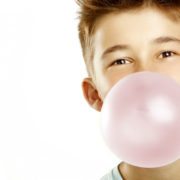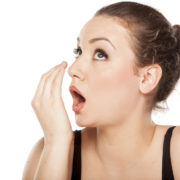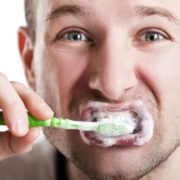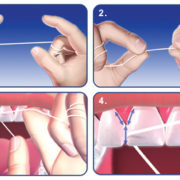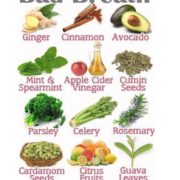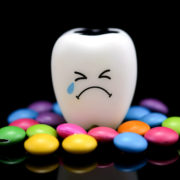Why is your jaw popping?

This clicking or popping sound is known medically as Temporomandibular Disorder or TMJ/TMD. Temporomandibular disorder occurs as a result of injury or imbalance of the jaw joints, jaw muscles or other closely aligned structures. Contributing factors to TMJ include jaw postural imbalance, abnormal jaw function, stretched or strained muscles and/or ligaments and illnesses such as arthritis. It has been shown that work stress or problems at home can have an impact on temporomandibular disorders.
Symptoms of TMD / TMJ:
- Pain in the jaw area
- Pain, ringing, or stuffiness in the ears
- Frequent headaches or neck aches
- Clicking or popping sound when the jaw moves
- Swelling on the sides of the face
- Muscle spasms in the jaw area
- A change in the alignment of top and bottom teeth
- Locked jaw or limited opening of the mouth
TMD / TMJ sufferers may also experience dizziness, jaw fatigue, sinus problems, dental pain, sleep disruption, grinding and clenching behavior.
Contributing factors of TMD / TMJ:
- Jaw motions not needed to survive
- Chewing gum
- Biting your nails
- Constant snacking
- Unusual jaw positions
- Phone use for long periods of time
- Talking for extended periods
- Smoking
- Irregularities in the mouth
- Missing teeth
- Broken and missing fillings
- Arthritis
- Jaw injury
Treatment for TMD / TMJ:
If any of this applies to you, talk to your dentist. Your dentist will test your ability to open and close your jaw and feel the jaw joint and muscles for pain or tenderness. Your dentist will then listen in front of the ear for any clicking, popping or grinding sounds and will feel the jaw joint while you open and close it. X-rays are often taken to look at the jaw joint and to rule out other diseases.
While we advise you to discuss any TMD symptoms with your dentist, occasional discomfort in the jaw joint and chewing muscles is quite common and usually not a cause for concern. However, if you are diagnosed with TMD, the good news is that at home treatments are highly effective in dealing with the discomfort. You can start by eating soft foods, applying heat or ice packs and avoiding extreme jaw movements. Effective, conservative treatments include nonsteroidal anti-inflammatory drugs, muscle relaxants, physical therapy and oral appliances.
Contact Dr. Chauvin to discuss your jaw discomfort today.



